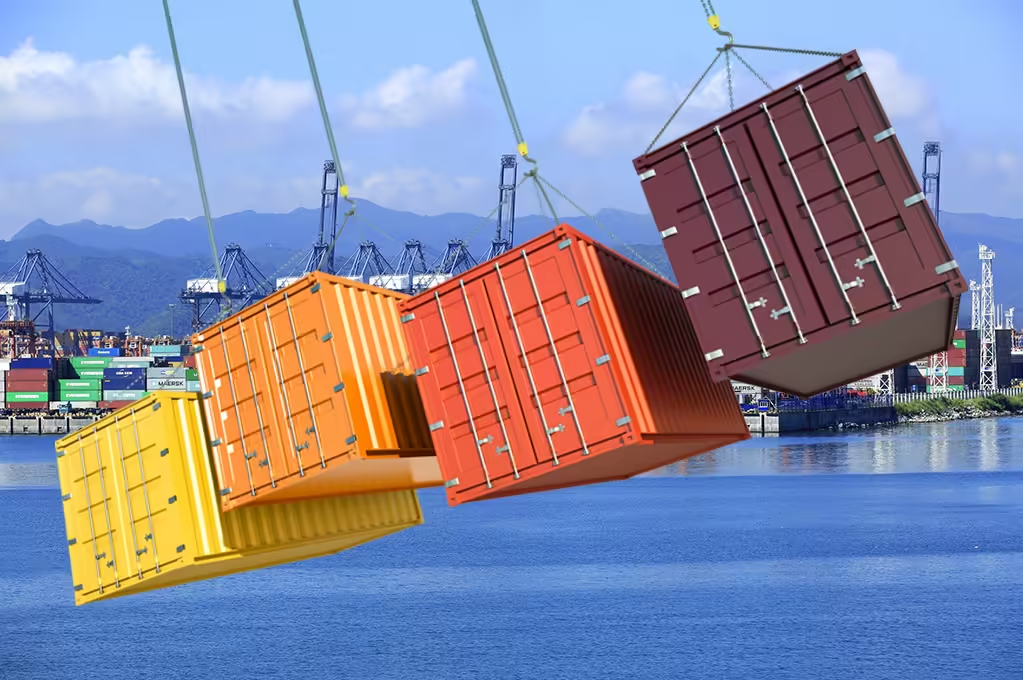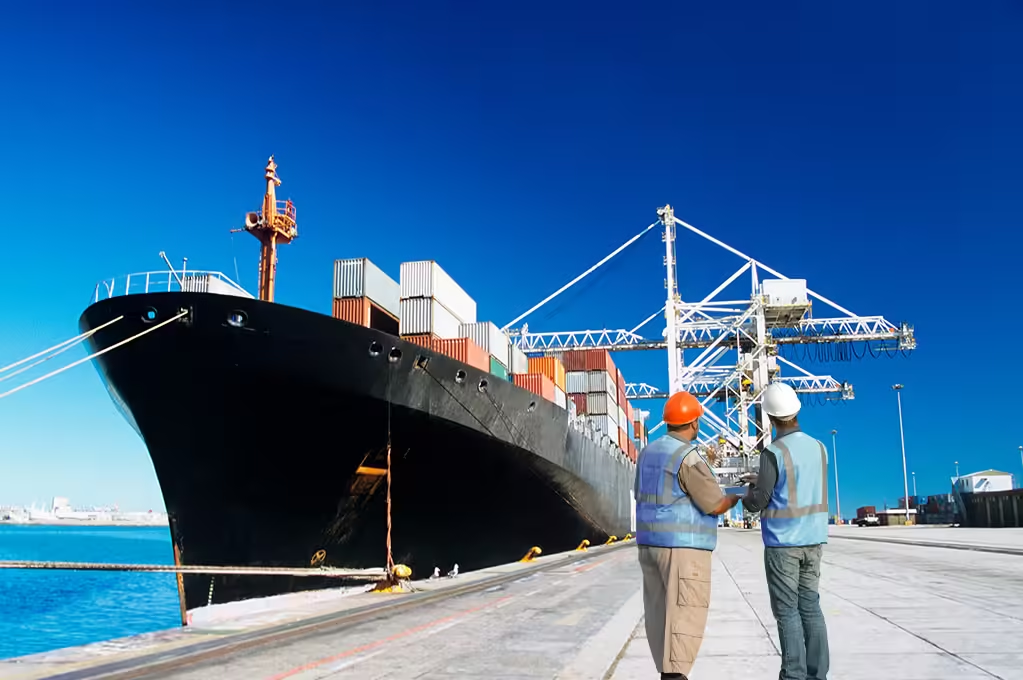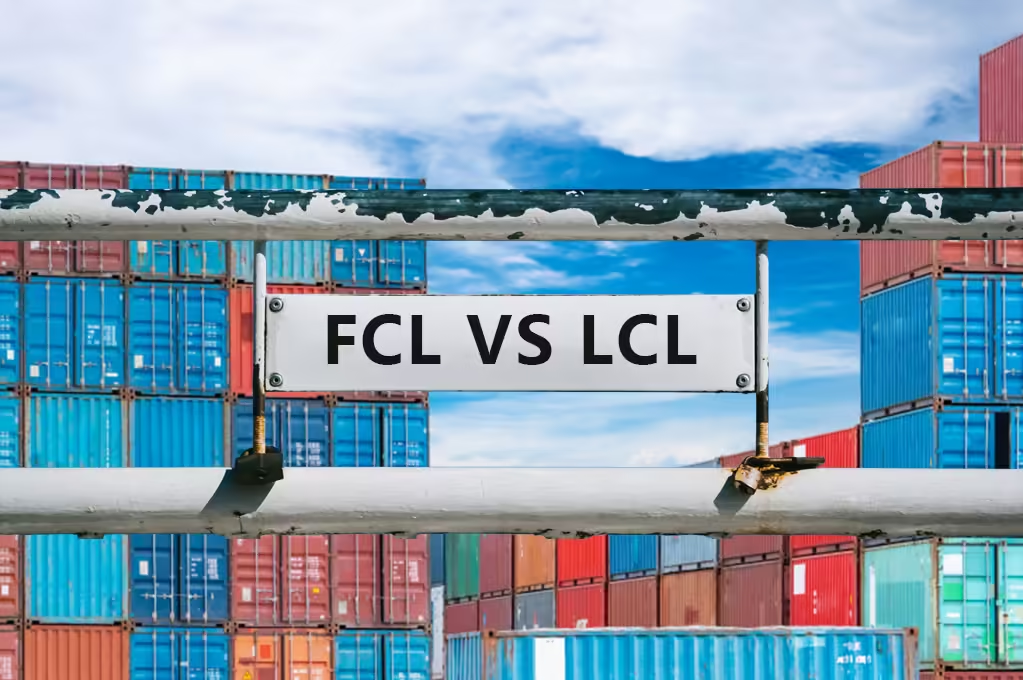FCL and LCL:A Comprehensive Guide
When it comes to Pengangkutan laut, two primary options are available: FCL and LCL . Both methods have their unique advantages and are suitable for different types of shipments. This article aims to clarify the distinctions between FCL and LCL, helping businesses and customers make informed decisions about which method best suits their needs.
What is FCL?

Definition
A Full Container Load (FCL) refers to a shipment that fills an entire container, typically 20 feet or 40 feet in length. In FCL, a single shipper uses the entire space within the container, meaning they are responsible for the full cost of shipping.
Advantages
- Exclusive Use: The shipper has exclusive use of the container, ensuring that their goods are not mixed with others.
- Security: With only one point of origin and destination, there is less risk of damage or theft.
- Speed: FCL shipments tend to be faster as they require fewer handling processes compared to LCL shipments.
Disadvantages
- Cost: For smaller shipments, the cost of renting an entire container can be prohibitive.
- Utilization: If the container is not fully utilized, the shipper still pays for the full capacity.
What is LCL?

Definition
Less than Container Load (LCL) shipping involves multiple shippers sharing the space within a container. Shippers pay for the portion of the container they use, making it a more cost-effective option for smaller shipments.
Advantages
- Cost-Effective: Ideal for smaller loads, LCL allows shippers to save money by only paying for the space they need.
- Flexibility: Shippers can send smaller quantities of goods without committing to an entire container.
Disadvantages
- Handling: LCL shipments may involve additional handling, increasing the risk of damage.
- Timing: Due to consolidation and deconsolidation processes, LCL shipments can take longer to reach their destination.
Choosing Between FCL and LCL
Key Differences Between FCL and LCL
Volume and Space Utilization
- FCL: Best suited for large shipments that can fill an entire container.
- LCL: Ideal for smaller shipments that do not require the full capacity of a container.
Cost and Efficiency
- FCL: Offers a fixed rate for the entire container, regardless of the actual volume shipped.
- LCL: Offers a variable rate based on the volume of goods shipped, making it more cost-effective for smaller loads.
Security and Handling
- FCL: Provides higher security with fewer handling processes.
- LCL: Involves more handling due to the consolidation and deconsolidation of goods from multiple shippers.
Transit Time
- FCL: Generally offers faster transit times due to streamlined handling and customs clearance processes.
- LCL: Can have longer transit times due to additional handling and potential delays during consolidation and deconsolidation.
Customs Clearance
- FCL: Typically faster and simpler as it involves only one party.
- LCL: Can be more complex and time-consuming as multiple parties are involved.

Strategies for Decision-Making
- Volume Analysis: Evaluate the volume of goods you need to transport. If you can fill at least half a container, FCL might be more economical.
- Cost-Benefit Analysis: Conduct a thorough analysis of the costs and benefits of each option based on your specific needs.
- Consultation with Freight Forwarders: Professional freight forwarders can provide insights into the most efficient and cost-effective shipping solutions.
Both FCL and LCL have distinct advantages and disadvantages. Choosing the right method depends largely on the specific needs of your business, including the volume of goods, budget constraints, and time sensitivity. By carefully considering these factors and consulting with experienced logistics professionals, you can make an informed decision that optimizes both cost and efficiency for your supply chain operations. Whether you opt for FCL or LCL, understanding the nuances of each will help ensure that your goods are transported safely and efficiently.

